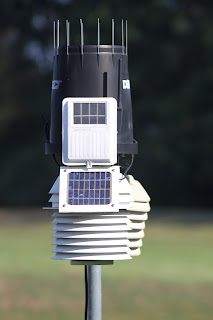Educate Kids about Weather Stations - Ideas
Introduction Children are often afraid of thunderstorms, but they enjoy jumping in puddles and looking at rainbows after the storm has passed. Making weather observations and discussing climate are excellent ways to teach children about science, especially because weather is something that children can easily relate to and understand. Weather and climate have an impact on children’s lives every day, whether it’s clear and sunny outside or rainy and windy. Weather-related lesson plans are also simple to develop because the weather is constantly changing and can be measured and observed by students of all ages. Giving children weather information allows you to talk to them about the importance of staying alert when there is a chance of bad weather and knowing what to do if a severe storm or natural disaster occurs. Here are a few ideas for teaching children in your care about weather and climate. Ideas to teach your kids about weather stations Set up a weather station in the classroom....

